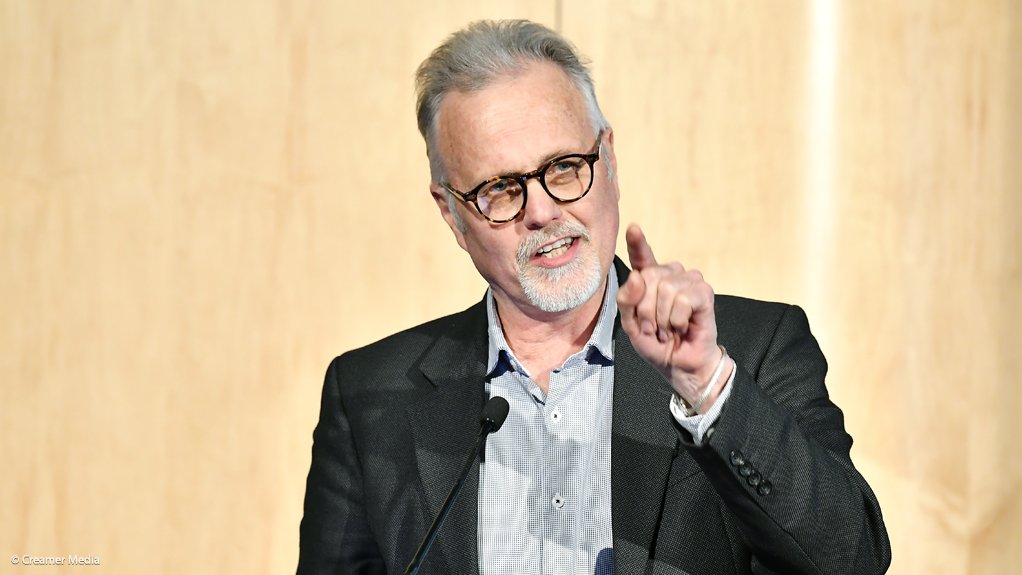A regulatory reform exempting small and medium-sized electricity generation projects from the requirement of a National Energy Regulator of South Africa (Nersa) licence is an “obvious and easy way to liberate a huge pipeline of investment that will assist South Africa to have sufficient electricity for its development needs”.
However, leading energy commentator Professor Anton Eberhard says the draft amendment to Schedule 2 of the Electricity Regulation Act, published for comment on April 23, will not meet this objective, as the language remains ambiguous, while the licence-exemption threshold is set too low.
In formal comments on the draft amendment, Eberhard, who directs the Power Futures Lab at the University of Cape Town Graduate School of Business, says the quickest way of getting more megawatts on to the grid lies in making it easier for electricity consumers to devise their own solutions to restore electricity supply security.
The proposed amendment , he argues, falls short in two key respects:
- the upper threshold for licence exemptions of 10 MW is too low; and
- the draft regulations are confusing and restrictive on the right of licence-exempted generators to sell back to the grid, or to third parties.
Eberhard says lifting the licence-exemption cap from 1 MW to 10 MW will make a big difference to rooftop solar on commercial and industrial properties, but is not big enough for consumers who don’t have adequate space and wish to purchase electricity on a willing buyer, willing seller basis from distributed independent power producers wheeling across the grid.
“This is a serious issue. Investment is being held up because of onerous regulatory requirements. Lifting the 10 MW exemption up to 50 MW would make a huge difference and is easy to do, unlike attempts to fast-track Nersa processes, which are complex and unlikely to make a difference any time soon.”
Eberhard argued further that a key issue is not only 50 MW versus 10 MW, nor is it about self-generation for consumers who are off-grid.
“We need generators to remain connected to the grid: this is the optimal solution for the system as a whole and, in the context of load-shedding, it’s what the country needs.”
Instead, clarity is needed on the right of licence-exempted generators to sell back to Eskom or local government distributors, or to electricity traders, or to wheel across the grid directly to third parties, on a willing buyer, willing seller basis, or through approved feed-in tariffs.
“The current draft regulations are confusing and restrictive around this issue. And arguments that this will create chaos do not stand up to scrutiny.
“Regulatory requirements are appropriately met through automatic Web-based registration, the grid code and connection or use-of-system agreements, as well as environmental laws and regulations.
In the absence of redrafting schedule 2 from scratch, Eberhard proposes that, besides increasing the licence exemption to 50 MW , the following amended clause be inserted: “3.1.1 and 3.1.2 . . . the generation facility supplies electricity to Eskom, or distributor(s), or to trader(s), or directly to electricity consumer(s), through either feed-in tariffs or through willing buyer, willing seller agreements, either through direct supply or wheeling across the grid.”
He adds that amendment also requires a revision to or the scrapping of the current definitions of customer, embedded generator, end-use customer and related customers.
EMAIL THIS ARTICLE SAVE THIS ARTICLE ARTICLE ENQUIRY
To subscribe email subscriptions@creamermedia.co.za or click here
To advertise email advertising@creamermedia.co.za or click here











